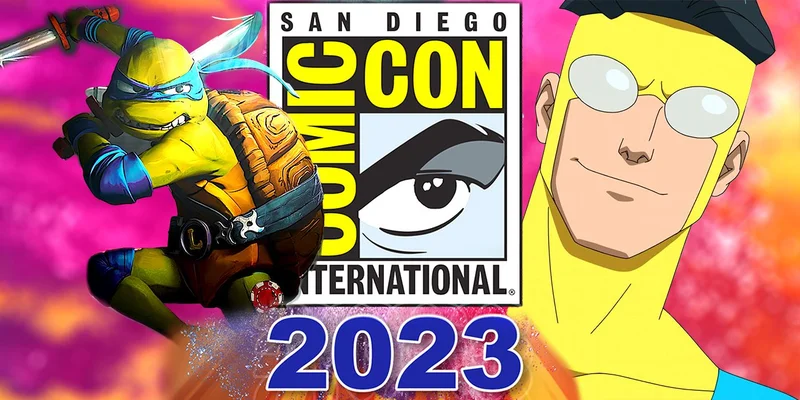San Diego Comic-Con 2026 registration opened today, November 15, 2025, at 9:00 AM PT. The virtual waiting room, a digital purgatory familiar to anyone who's tried to snag concert tickets, opened at 7:30 AM PT. Comic-Con International assures us that early arrival provides no advantage. I’m not sure I believe them, but the data is impossible to verify (or disprove).
The core data point is this: over 135,000 fans attended San Diego Comic Con 2025. Let's call it 135k. That's a stadium-sized crowd, but a tiny fraction of the global population interested in pop culture. The badge sale is, bluntly, a lottery. The odds remain "challenging but not impossible," according to official sources. That's PR speak for "good luck; you'll need it." The real story isn’t the panels or the cosplay; it's the economic principle of scarcity driving the whole event.
The Economics of Hall H
The pricing structure is straightforward. Daily badges range from $64 (Sunday) to $85 (weekdays). A 4-day pass, which includes the preview night, costs $165. Here's the rub: you can’t opt out of the 4-day consolidation if you buy all four days. Comic-Con knows what it’s doing. This isn't about maximizing individual ticket revenue; it's about maximizing overall attendance and, consequently, the perceived value for exhibitors and sponsors. Think of it like this: they’re selling eyeballs, and the more eyeballs, the higher the price they can charge.

And this is the part of the report that I find genuinely puzzling. The event generated $160 million in regional economic impact in 2025. That's a significant number, but is it optimized? Could San Diego extract more value? If demand is so high, why not raise prices? The answer, I suspect, lies in the optics. Radically increasing ticket prices would generate negative press, potentially alienating core fans and diluting the "grassroots" image Comic-Con cultivates. Better to keep prices relatively stable and let the secondary market (scalpers) capture the excess value. It’s a weird, almost quaint, system.
The shift in hotel booking (as of Nov 5, 2025) is another data point in this scarcity game. Attendees will now be taken directly from the randomized waiting room to a sale with live inventory. Two-night deposit required, non-refundable. Maximum two rooms. This is a major change, and one we’re frankly a little afraid of, but… we’ll see how it goes. The previous system, the "Hotelpocalyse" (their term, not mine), was a randomized waiting room leading to a form, with hotel placements revealed days later. The new system prioritizes speed and decisiveness. Translation: more stress, but faster revenue capture. Major Changes to San Diego Comic-Con Hotel Sale for 2026
The waiting room refreshes automatically every thirty seconds. The system is designed to hold your place if a disruption occurs. Do not refresh your browser. If your 15-minute purchasing window expires, you will lose your spot and must re-enter the waiting room. It is a kind of digital hunger games.
So, What's the Real Story?
Comic-Con isn't about comic books anymore; it's about the experience of trying to get in. The scarcity is the product. The panels, the trailers, the celebrity sightings – those are just marketing. The real commodity is the bragging rights: "I survived the badge sale.
